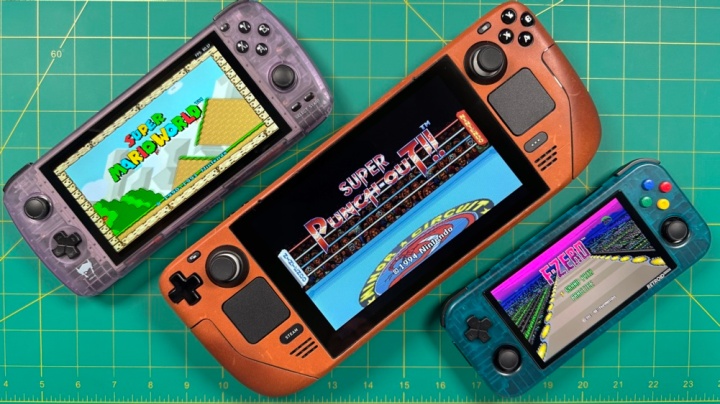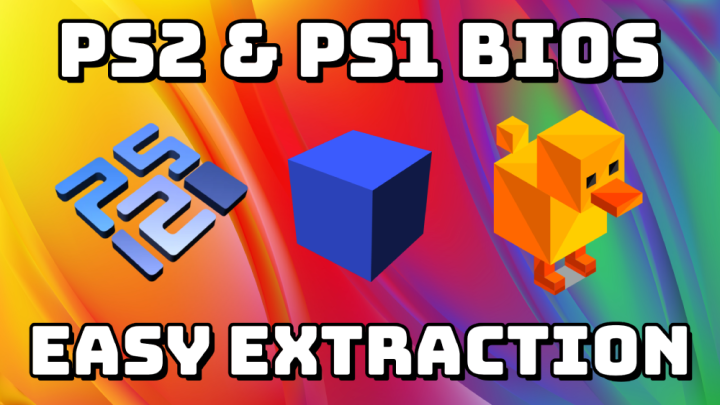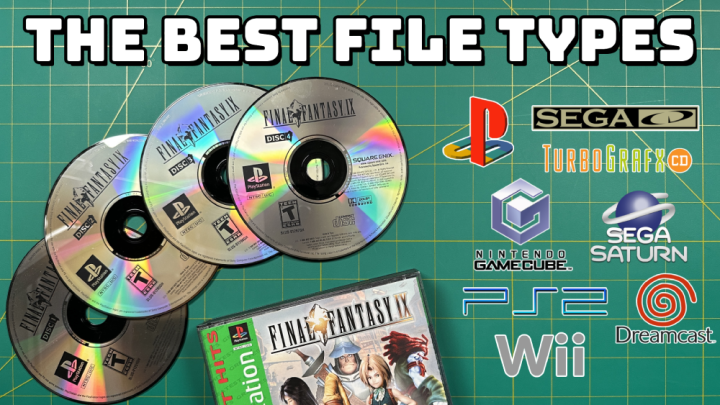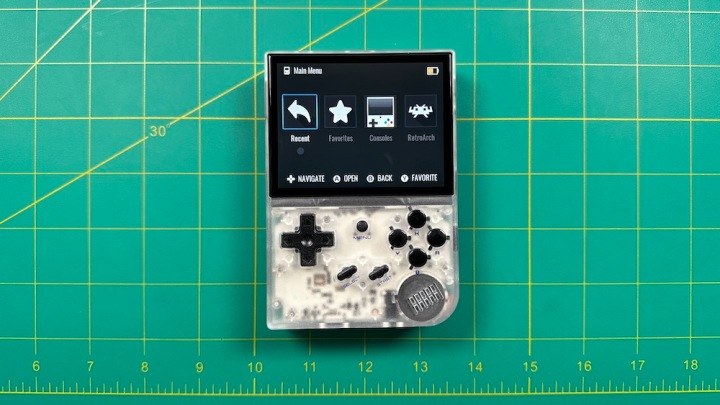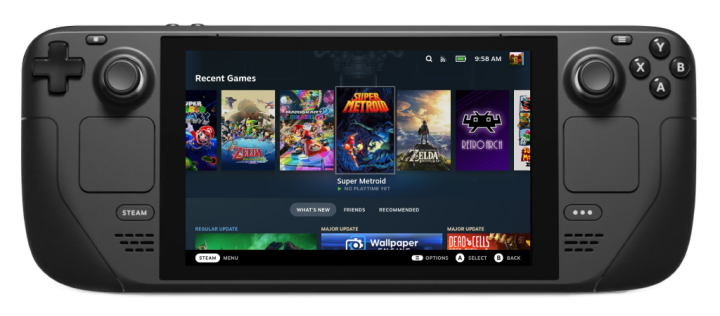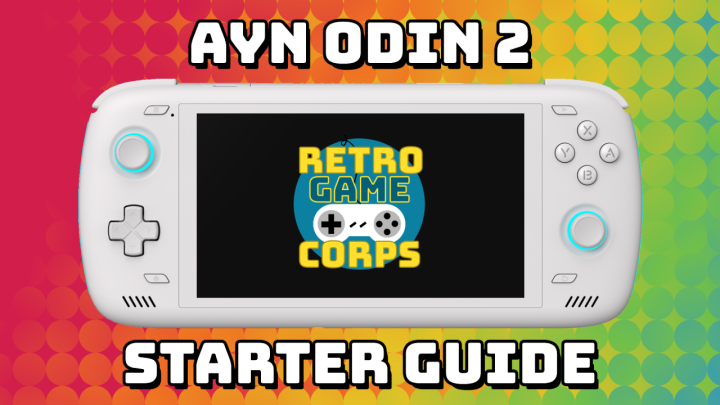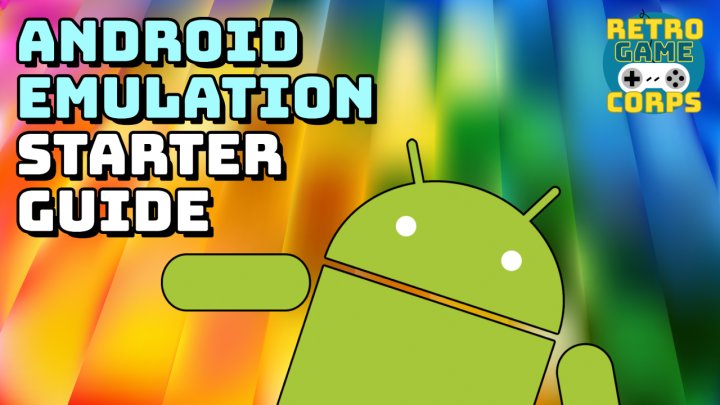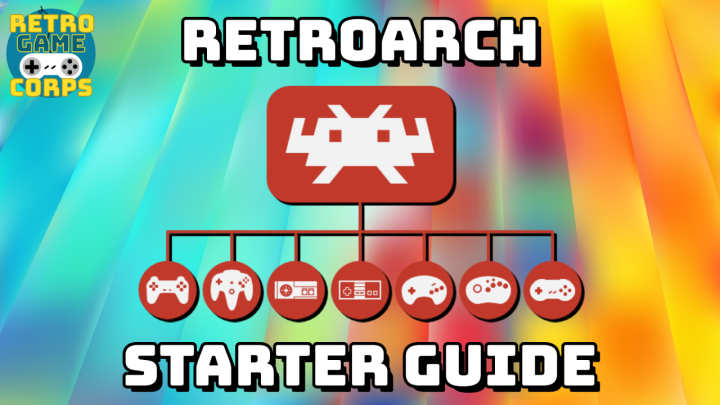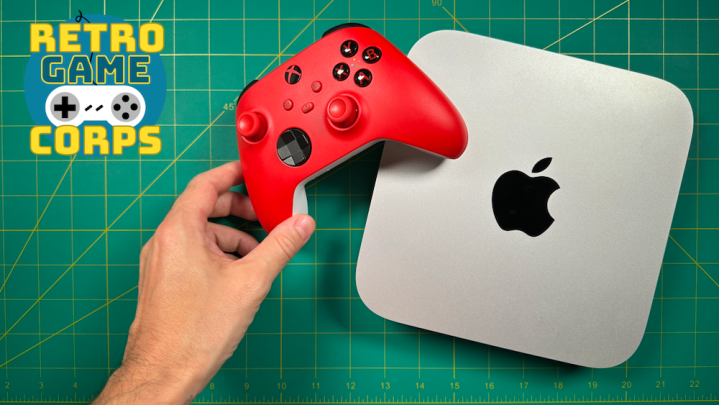
Last updated: 06APR2023 (see Changelog for details)
Macs have always been considered terrible for gaming, but recent advances in Apple silicon chips have paved the way for some spectacular retro game emulation. In this guide we’re going to focus on the cheapest Mac available, which is the lowest-spec Mac Mini (which retails at $599). I’ll walk you through the setup process and do game testing for all your favorite systems: classic retro content like GBA, NES, and SNES, all the way to more powerful systems like Dreamcast, N64, Saturn, PS1, PSP, GameCube, Wii, Wii U, Switch, PS2, PS3, and more.
Continue reading “Retro Gaming on a Mac”
